There is a lot of interest in finding the location of Noah’s Ark. Many believe this story is a ‘myth’ and others believe it is real Biblical history of a major event. The variations on these perspectives is almost endless. In a world divided between those who love ‘God’s Word’ and those who hate it, the task of finding the real truth is not easy.
Christians, holding to a high opinion of the accuracy of Scripture, are still divided about the possible location of Noah’s Ark. Many believe, and can present very persuasive arguments, that it is unlikely Noah’s Ark will ever be found. There is an abundance of misinformation and past fraudulent claims about finding the Ark that warrants a very healthy skepticism.
The last expedition to receive approval from the Turkish government to search Mount Ararat for Noah’s Ark was met by armed men while preparing base camp. They were told to leave the mountain immediately or they would be shot. They were not allowed to go to their tents to get jackets or the many thousands of dollars in cameras and equipment. They were forced back down the mountain with only the clothes they were wearing. This seems to have discouraged any future expeditions on Mount Ararat.
In this and the following articles about Noah’s Ark, I hope we can have a discussion and compare the text of Scripture with any possible ‘evidence’ of the location of Noah’s Ark. Your feedback to Creation Club is important and welcomed. Hopefully we will find this discussion informative even if we respectfully disagree on the conclusions reached. I wish to start out by saying that it is my opinion there is substantial evidence that Noah’s Ark has been found at the location known as Durupinar in Turkey. I also recognize that the ‘evidence’ is open to interpretation.
Can we talk about Durupinar?
There are six main sites on and around Mount Ararat in Turkey, near the border with Iran, that have been claimed to be the resting place of the Ark. The map below, taken from a well researched article by Dr. Andrew Snelling of AnswersInGenesis.org, shows the locations of these sites and is highly recommended reading.
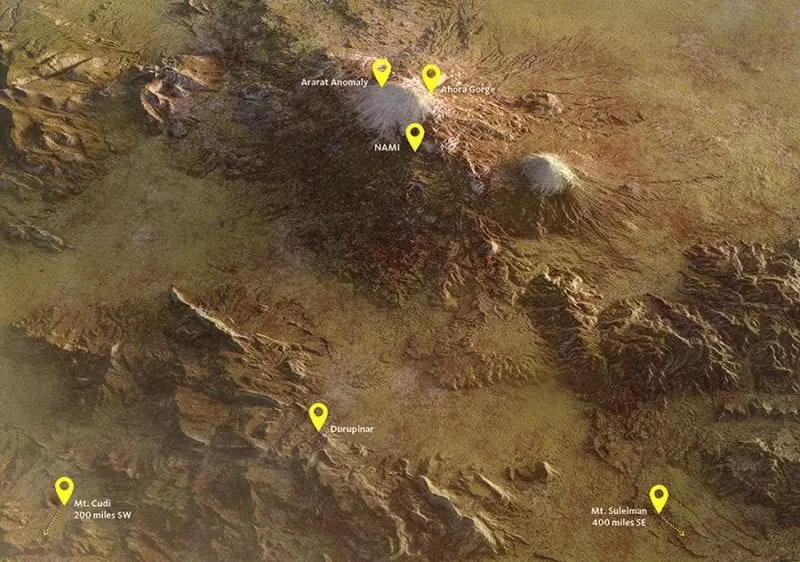
In this first of several articles, I will focus on the location known as Durupinar and the Scriptural clues that can be explained with the ‘evidence’ of this site as the final resting place of Noah’s Ark. In future articles we will examine the apparent physical and scientific evidence that indicates this is a man-made structure that fits the Biblical description of Noah’s Ark.
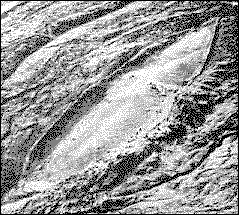
In 1959 Lihan Durupinar, a Turkish army Captain, was looking at aerial photos of a smooth large boat shaped image that appeared to be over 400 feet long in the Ararat region. Captain Durupinar was familiar with the Noah’s Ark story and sent a copy of the photos to Dr. Brandenburger, an expert in aerial photography, at Ohio State University. Dr. Brandenburg concluded: “I have no doubt at all, that this object is a ship. In my entire career, I have never seen an object like this on a stereo photo.”
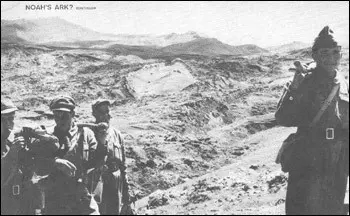
The above picture was published in Life Magazine in 1960 under the heading, “Noah’s Ark?” That year Captain Durupinar and others visited the site for a day and a half and concluded, as have many other expeditions prior to 1977, that the location was a just natural rock formation. The interest in the Noah’s Ark story faded quickly.
If this is Noah’s Ark, and I believe it is, I would like to propose two theories as to why previous expeditions might have come to the conclusion that is was just a rock formation. I am not assuming or suggesting in any way the expedition, or any opposing view, is part of a group that wishes to “suppress the truth by their wickedness” (Romans 1:18-NIV). They may have approached the site with incorrect assumptions of what they would find.
The site is “on the mountains of Ararat” (Genesis 8:4) and is clearly a possible site of Noah’s Ark according to Scripture. The fact that Scripture uses the plural, “mountains” might suggest that it is not on Mount Ararat itself but in that region.
Historical records dating back to the sixth century BC state that part of the Mount Ararat region has been volcanically formed since the flood. This could explain the structure at Durupinar partially encased in a protective shell of mud 15 miles from the summit of Mount Ararat.
It appears the mud encased structure, with most of the structure still buried, has slid down about a mile from a higher elevation. This structure became more visible in 1948 after an earthquake pushed it up and out of its mud shell that dried and fell off the sides.
If this was a wooden structure, it had been preserved in the ideal conditions for the wood to become petrified in a very short period of time. It does not take millions of years for wood to petrify. It can happen in just a few short years under the right conditions. Noah’s Flood is the main cause and source of petrified wood found today buried in rock formations formed from mud and gravel all over the world.
The Durupinar expedition might have been looking for the remains of a wooden structure about 450 feet long, the length of 300 cubits (Genesis 6:15) that are 18 inches each. They may have assumed that petrified wood takes “millions” of years to form and were not expecting to find it.
What they found was a rock formation in the shape of a boat 515 feet long. The Egyptian cubit, a form of measurement like a three foot yardstick, has a long and short version. This form of measurement was not known to Noah and serves as a unique validation for the inerrancy and divine inspiration of the Biblical text. Perhaps Moses used an Egyptian form of measurement that exactly matches the dimensions of this man-made structure.
The longer—Royal—version of an Egyptian cubit is 20.6 inches long. It is important to remember that Moses, raised in Egypt, is writing the first five Old Testament books as directed by the Holy Spirit. The dated events of the 150th day of the Flood, on Nisan 17 in 2557 BC* (Genesis 8:4) and the first day out of Egypt on this same Nisan 17 date in 1445 BC*, are separated by exactly 1,012 years. If you multiply 20.6 inches times 300, you get exactly 515 feet.
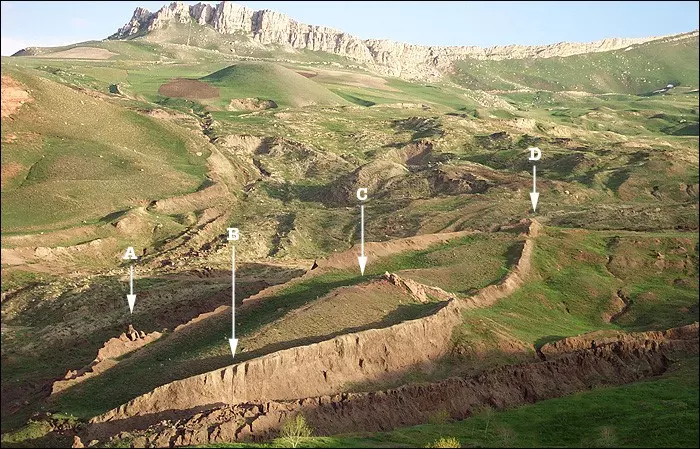 Using the picture above, we can see a boat shaped structure with a pointed bow (D) that is 515 feet from the flattened stern at the other end. The ‘ribs’ of the hull (B) protrude from the mud at regular intervals. The two sides of the ship are 50 cubits wide (Genesis 6:15) .
Using the picture above, we can see a boat shaped structure with a pointed bow (D) that is 515 feet from the flattened stern at the other end. The ‘ribs’ of the hull (B) protrude from the mud at regular intervals. The two sides of the ship are 50 cubits wide (Genesis 6:15) .
This boat design safety of the one-to-six ratio for the width and length of large Ocean ships (300 X 50 cubits) was not known by modern ship building architects until late in the 19th Century. Later expeditions by Ron Wyatt in 1977 and others found metal rivets and laminated wood covered in asphalt. According to two sources listed below, this type of wood is clearly man-made and what is often translated as ‘gopher wood’ (Genesis 6:14)*. This may also be wood that is covered inside and out with an asphalt or tar sealant sometimes made with bitumen. Bitumen is the black liquid used on roads to hold the asphalt together.
It is suggested that you check out the evidence for yourself found in Scripture and the websites found in this Article.
References:
Noah’s Ark at Details Here.com Article and pictures by Dan Eden for View Zone concerning possible definition of “gopher wood” [See below] and metals found at Durupinar
*Chapter 16 & 17: Earth’s Sacred Calendar: The Dated Events of the Old Testament– Jim Liles 2014 *Source of dated events of the Flood
Appendix: “Gopher” Wood possibilities
“Gopher wood” may refer to a lamination process or waterproofing using pitch inside and out.
Perhaps the most significant find from the Ark itself is a piece of petrified wood. When this was first found it appeared to be a large beam. But upon closer examination it is actually three pieces of plank that have been laminated together with some kind of organic glue! This is the same technology used in modern plywood. Lamination makes the total strength of the wood much greater than the combined strength of the pieces. This suggests a knowledge of construction far beyond anything we knew existed in the ancient world.

Tests by Galbraith Labs in Knoxville, Tennessee, showed the sample to contain over 0.7% organic carbon, consistent with fossilized wood. The specimen was once living matter.
Examination reveals the glue oozed from the layers. The outside of the wood appears to have been coated with bitumen.
Even more surprising were laboratory analyses which not only revealed that the petrified wood contained carbon (proving it was once wood) but there were iron nails [above right] embedded in the wood!

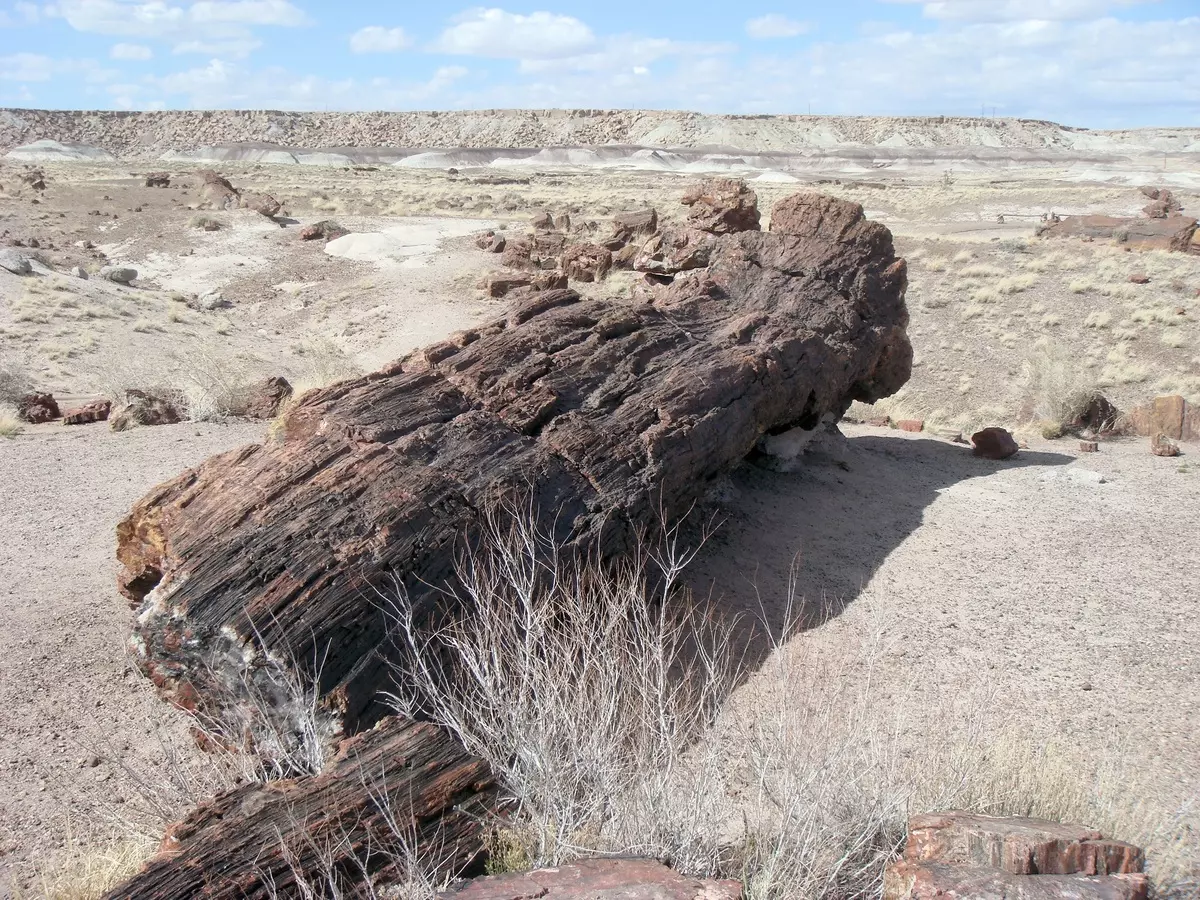






Ron Wyatt. All those that have tried to discredit him over the years…what a shame! He is the one that used the Bible to find this very spot!!!!!!!!!! And the Red Sea crossing, and the real Mt. Sinai!!!!!! And much more! He has video of Mt Sinia BEFORE the Saudis put the fence around it!